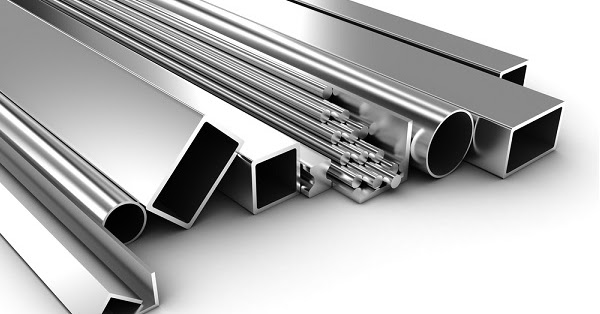It's not unexpected that grade 304 stainless steel is among the most popular grades. However it is plainly not even if grade 304 was one of the first grades established that it continues to control the market today. There has been significant progress for many years, and we now have in addition to a wide range of austenitic grades of which 304 is simply one - a wide variety of ferritic grades, 200 series grades, Duplex, Superduplex, and Lean Duplex grades. Each of these has specific homes and has been developed for specific applications, or flange even in an effort to avoid using expensive alloying components.
For example, you can attain greater strength (therefore minimizing weight) and even greater deterioration resistance by opting for a duplex grade You can select a CrNiMo grade (such as 316) to achieve higher corrosion resistance where it is required-- such as in a marine environment, or where a lot of salt is utilized for de-icing, or where particular chemical procedures require a particular kind of rust resistance to a specific chemical, or acid.
You can also select a ferritic grade, or a 200 series (CrMn) grade to reduce the expense of alloying elements, and therefore accomplish a much cheaper product, or perhaps decide to move away sanicro 28 from stainless-steel completely, and define galvanized steel, for instance. What typically becomes apparent rather quickly when embracing this method, however, is that things can quickly begin rusting if they are not painted frequently, and soon may need to be replaced totally. What seemed like a cheap alternative at first sight, can end up being extremely pricey indeed, or perhaps extremely harmful.
All these "more recent" grades serve their purpose, and add to making stainless steel a product of option. But with such a variety of grades, one might have expected that they would rapidly supplant grade 304. Why stick with a grade developed over 100 years earlier when there are today so many alternatives available which have been specifically tailored to perform well under particular conditions? One could almost say that today there is a grade for every application.
Nor does grade 304 maintain its appeal since it is, reasonably speaking, a 'low-cost' option. It contains a fair bit of nickel which, as all of us understand, can become a really costly ingredient undoubtedly, especially when a period of restocking follows a duration of destocking, when rates therefore begin to rise. So, if it is not for historical factors that grade 304 is so popular, and not because it does not include "costly" alloying elements such as nickel, since it does, why does it stay the workhorse of the market?
The response is perhaps firstly that grade 304 contains an extremely decent quantity of chrome (around 18%), and it is, obviously, the chrome that makes it so deterioration resistant. Why then include nickel, which simply adds to the expense? Since nickel stabilises the austenitic structure, which implies that the steel is both tough and ductile. How much nickel should be added? Undoubtedly, the minimum required to stabilise the austenitic structure-- so about 8%. And there we have it-- grade 18/8 (18% Cr, 8% Ni) or yes, grade 304. The result is a grade that is extremely corrosion resistant in a wide range of applications, has great formability, and good weldability, however does not consist of so much nickel as to make it prohibitively expensive, when that amount of nickel is not needed for the particular application.
It is the mix of these properties which describes why 304 remains among the most utilized grades. The particular mix of homes indicates that it is suitable, at a really sensible expense, for use in the most varied of applications ranging from industry (chemical, pharmaceutical, foods items, beverage, brewing, fermentation), to building and construction, distribution (counters etc), down to your really own cooking area and flatware.
Flexible grade.
The versatility and performance of grade 304 has actually been shown over many years of usage, but it would be incorrect to say that it is a "winner", or "I make certain 304 will be great". You might say it is a bit like buying a car. You do not buy an Audi R8, as nice as it sounds, and as fast as it goes, if what you need is a Renault Clio that gets you to the corner shop just as quickly, and at significantly lower cost. But nor do you buy an inexpensive runabout, which is more than most likely to break down halfway to the airport, if you have an airplane to catch.

This is why you should always speak with the professionals who will suggest the grade you require for your particular application, at the most reasonable expense, and help you prevent making what could be a very costly mistake in the longer term.
With that caution, stainless grade 304 is the workhorse of the stainless-steel market. It has actually been so considering that it was first developed, and looks set to continue being so for the foreseeable future. At Stainless Band we constantly have plenty of grade 304 coil in the warehouse which can be slit at short notification into the accurate width of strip needed and with the required processing and surface.
